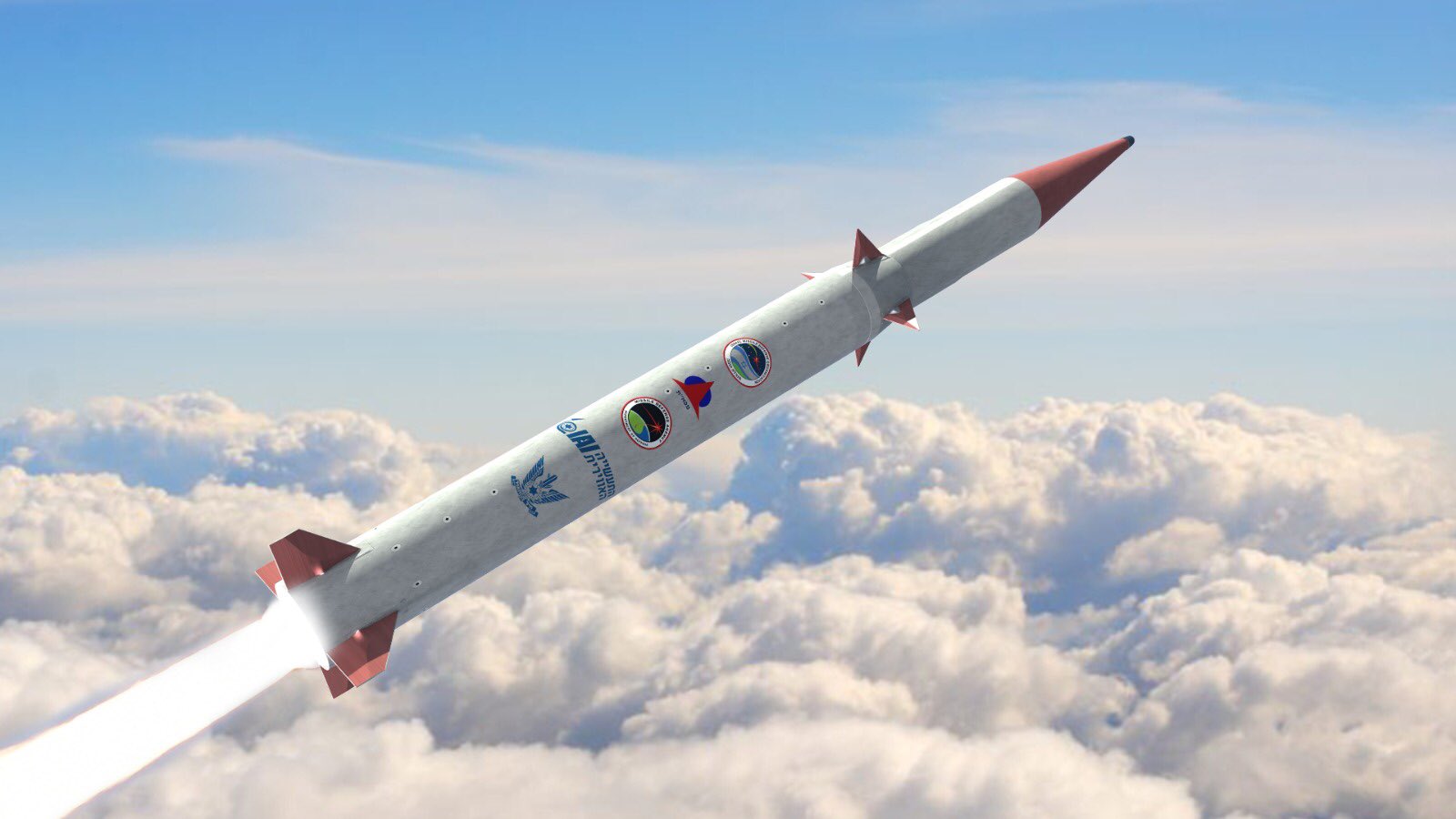The US-Israel partnership for developing the next-gen Arrow 4 air-defense system is on track. This Arrow 4 missile, being jointly developed by the Israel Missile Defense Organization (IMDO) and US Missile Defense Agency, has been a work in progress since 2017.
Amidst China’s Muscle-Flexing, Why MiG-35 Jets Provide ‘Reliable & Faster’ Option To Meet Indian Air Force Needs?
Although Arrow 4 is to be designed to counter new types of long-range missiles, recent press reports suggest that it may have more advanced capabilities. This assumes significance as the two allies, the US and Israel, face significant threats from countries such as Iran, Russia, and China.
The Arrow Missile Family
Israel has always been at the forefront of developing the most potent and effective air defense systems globally in view of constant threats from its Arab neighbors and the territory of Palestine.
Israeli companies have developed an effective air defense system, called the ‘Iron Dome’, to protect the country from missile and rocket artillery attacks. The Jewish state has armed itself with a multi-layered BMD (Ballistic Missile Defense) shield comprising Arrow 2, Arrow 3, Barak-8, Iron Dome, and laser-based Iron Beam.
The Arrow 2 and 3 missiles, which form the Israeli defense shield’s top layer, were both jointly developed by Israel Aerospace Industries (IAI) and Boeing. They are part of the Arrow Weapon System (AWS), the world’s first operational, national, stand-alone Anti Tactical Ballistic Missiles (ATBM) defense system.
New Satellite Image Captures Russia’s Gigantic Nuclear-Powered Torpedo That Can ‘Annihilate’ US’ Super Carriers
Both missiles are designed to operate in the atmosphere, as well as in outer space – endo and exo-atmospheric capabilities. The development of Arrow 2 was prompted by Gulf War-era threats.
Its production began in 2000, while the production of the Arrow 3 only began in 2016. Arrow 3 was used to intercept a surface-to-air missile fired from Syria in March 2017.

In line with their decades-long history of cooperation in developing the AWS, the US and Israel, in February 2021, announced they would jointly move forward with the design and development of the next-generation Arrow 4 air defense system.
In July, IAI and Lockheed-Martin inked a memorandum to cooperate on developing the Arrow 4 missile. This projectile is intended to replace the Arrow 2 in handling lower-flying short- and medium-range ballistic missile targets.
Chinese, Russian Hypersonic Threats
The development of Arrow 4 began largely to deal with Iranian long-range ballistic missile threats. However, a notable feature of the new Arrow is going to be its winglets. These are designed to help intercept threats inside the atmosphere- especially hypersonic threats.
Iran currently poses no hypersonic threats to Israel. However, the US’ rivals — China and Russia – are both advancing rather swiftly in the hypersonic domain.
China has already revealed its launchers for land attacks — DF-17 and its anti-ship DS-100 hypersonic missiles. There are reasons to believe that China might even be on track to perfecting hypersonic drones and their landing mechanism.
In the meantime, Russia is apparently deploying its hypersonic Kinzhal air-launched missiles and Avangard glide vehicles, both of which are nuclear-capable.
Israel wants to stay a step ahead and be prepared before the Russian or Chinese hypersonic technology is exported to the Middle East.
BIG SETBACK: China’s Very-Own Version Of US Predator Drones ‘Falling Apart’ In Global Sales & Reputation?
How Potent Is Arrow-4 Missile
Arrow’s two-stage rocket booster already allows it to achieve hypersonic speeds of up to Mach 9. However, countering hypersonic weapons will require better maneuverability. There’s a need for much more extensive sensor coverage to account for less predictable and visible flight paths of hypersonic weapons as well.
Media coverage around the Arrow-4 suggests that the missile will be designed to take down maneuverable hypersonic cruise missiles and glide vehicle-type weapons.
The objective is to also design it to somehow mitigate the threat posed by ballistic missiles that release multiple warheads. These are known as multiple reentry vehicles (MRVs) or multiple independently targetable reentry vehicles (MIRVs).
Since MRVs release multiple submunitions at once, thus multiplying the targets and spreading out the damage, countering them would be no mean feat.
However, if any one country has consistently proven its ability to deal with advanced airborne threats, it is Israel and the Arrow 4 could prove a game-changing next-generation air defense system.
- Written by Shreya Mundhra/EurAsian Times Desk
- Follow EurAsian Times on Google News